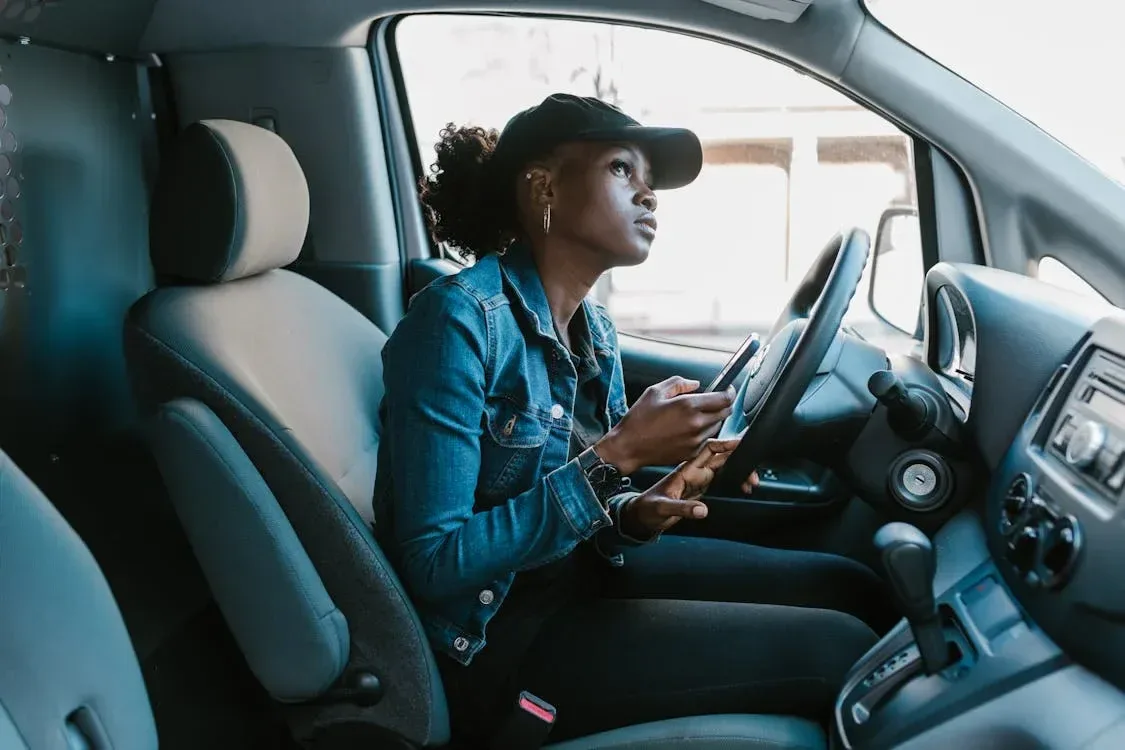Buying A Car In Kenya: Test Drive Checklist

Checklist for a Safe Test Drive
1. Before the Test Drive:
- Research the vehicle
- Choose a reputable seller
- Schedule an appointment
- Bring a friend or family member
- Meet in a safe, public location
- Inform others of your plans.
2. Initial Inspection:
- Verify seller’s ID and vehicle documents
- Conduct a thorough walk-around inspection
- Check the vehicle’s interior and features.
3. During the Test Drive:
- Plan a varied route
- Observe for unusual noises, vibrations, or smells
- Test brakes, acceleration, and handling
- Drive carefully and obey traffic laws.
4. After the Test Drive:
- Conduct a final engine check
- Discuss any concerns with the seller
- Get a mechanic’s inspection if needed.
Additional Tips
- Insurance: Ensure that the vehicle is insured for test drives. Ask the seller to confirm this.
- Comfort: Make sure you are comfortable with the vehicle's driving dynamics, seating, and visibility.
- Documentation: Keep a record of your observations and any commitments made by the seller regarding repairs or adjustments.
Conducting a test drive is a critical step in the car-buying process to ensure that the vehicle meets your expectations and is in good condition. In Kenya, like anywhere else, safety is paramount during this process. Here are the best and safest ways to conduct a test drive when buying a vehicle:
1. Preparation Before the Test Drive
a)Research the Vehicle: Know the make, model, and common issues associated with the vehicle you are interested in.
b)Choose a Reputable Seller: Preferably buy from reputable dealers or verified private sellers with good reviews to reduce the risk of fraud or safety issues.
c)Schedule an Appointment: Arrange a specific time for the test drive. Avoid impromptu meetings as they may not provide enough time for a thorough inspection.
2. Personal Safety Measures
a)Bring a Friend or Family Member: Never go alone. Bringing someone along increases your safety and provides a second opinion on the vehicle.
b)Meet in a Safe Location: Choose a well-lit, public place for the initial meeting, such as a shopping mall parking lot or a service station.
c)Inform Others: Let a friend or family member know where you are going, the time of the appointment, and details about the seller.
3. Vehicle Inspection Before Driving
a)Check Identification and Documents: Verify the seller’s ID and ensure they provide valid vehicle documents, such as the logbook and insurance.
b) Walk-Around Inspection:
- Inspect the exterior for any obvious signs of damage or repairs.
- Check tires for wear and ensure they have adequate tread.
- Look under the vehicle for leaks or signs of rust.
c) Interior Inspection:
- Check the condition of the seats, dashboard, and other interior components
- Ensure all lights, signals, and electronic features are functioning.
4. During the Test Drive
a)Plan a Route: Plan a route that includes a variety of driving conditions, such as city streets, highways, and bumpy roads.
b) Stay Observant:
- Pay attention to unusual noises, vibrations, or smells.
- Test the brakes, acceleration, steering, and suspension.
- Ensure the air conditioning and heating work properly.
c)Drive Carefully:
- Obey all traffic laws and drive cautiously
- If you’re not familiar with the area, ask the seller to guide you.
5. Post-Test Drive
a)Final Inspection:
- After the drive, check the engine for any signs of leaks or overheating
- Discuss any concerns you noticed during the test drive with the seller.
b)Mechanic Inspection:
- If you are seriously considering the vehicle, have it inspected by a trusted mechanic before making a final decision. This can uncover hidden issues that are not apparent during a test drive
Do you need swift financial solutions? #KifedhaGotYou. Contact us through our contact form, call us on +254791573231 or visit one of our branches to explore financial opportunities.




Comments ()